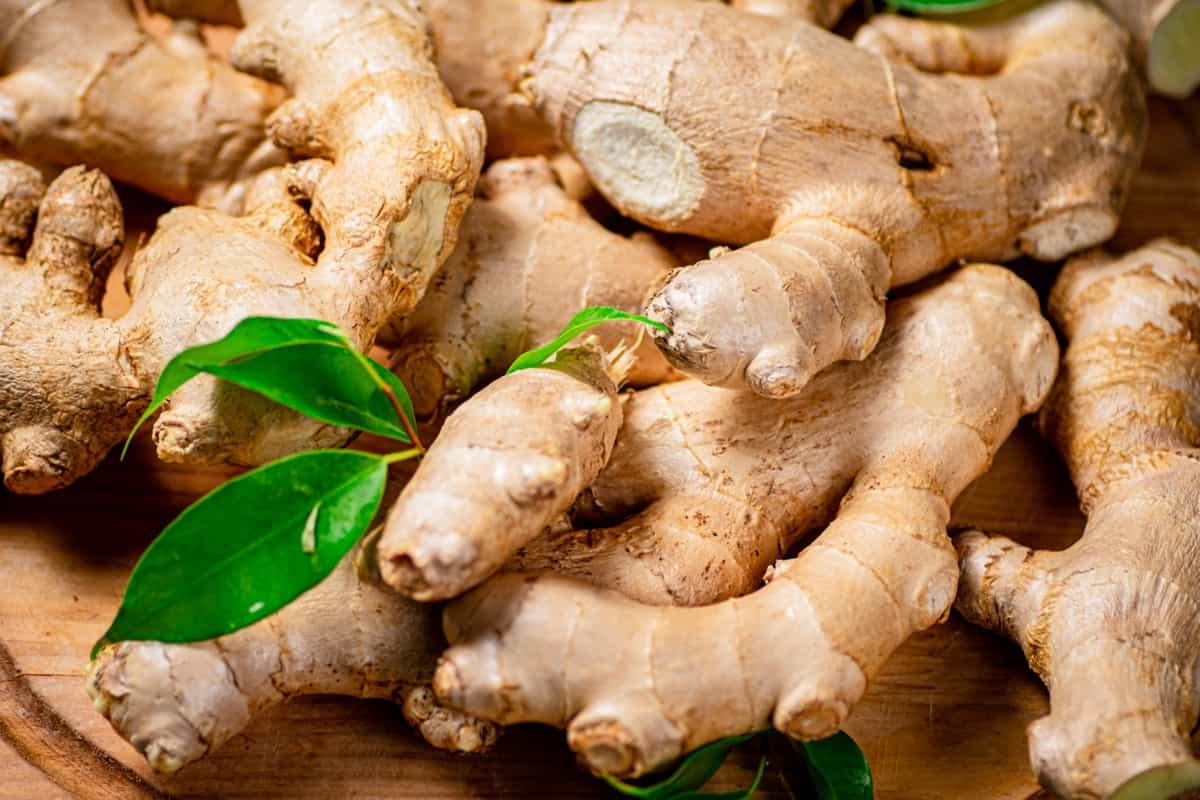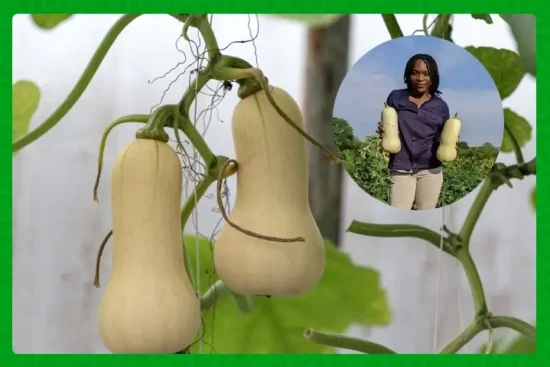
Ginger (Zingiber officinale Roscor) is a highly versatile crop belonging to the Zingiberaceae family. It is renowned for its scented rhizome, which is utilized as a spice, flavoring agent, and even in traditional medicines. If you’re interested in ginger farming and want to optimize your yield and quality, this detailed guide provides essential information to get you started.
Understanding Ginger and its Forms:
Ginger is available in three commercial forms: fresh rhizome, processed (dried, ground, candied), and pure oils. It is crucial to consider the intended use and market demand while selecting the form for cultivation.
Land Preparation for Ginger Farming:
Ginger can thrive in various soil types, but sandy clay loam or sandy loam soil is recommended for better rhizome shape and size. Avoid flood-prone areas and aim for a pH range of 5.6-6.5, as determined by a soil test. Ensure the soil receives full sunlight for optimal growth and yield.
Key land preparation practices include:
- Clear the area of vegetation.
- Deep plough the land.
- Add limestone based on soil test results.
- Improve soil structure and fertility by incorporating well-rotted manure.
- Rotavate the land and create ridges (banks) measuring 60-90 cm (2-3 ft) in height and spacing them 60-90 cm (2-3 ft) apart.
- On slopes, plough along contours to minimize soil erosion.
- Apply a pre-emergent weedicide to the soil before planting, following the manufacturer’s recommendations.
Selecting Ginger Varieties:
Popular ginger varieties are commonly cultivated:
- Large Yellow (Chinese ginger): This variety has a low to medium pungency level and is in high demand among consumers.
- Small Yellow (Japanese ginger): Although high in pungency, this variety has lower demand and is characterized by its smaller rhizome size.
- African Ginger: Africa boasts its own ginger varieties, known for their bold and zesty flavors. African ginger is commonly used in regional cuisines and is valued for its unique taste profiles.
Planting Material Selection and Preparation:
Ginger is propagated using rhizome pieces called “settes.” Select healthy, pest-free, mature, firm rhizomes without signs of drying or shriveling. Soak the rhizomes in clean water for 10-12 hours to stimulate sprouting. Cut the rhizomes into 5 cm (2 inches) settes, ensuring each has a few growing buds. Treat the settes with a copper-based fungicide and insecticide/nematicide solution for 10 minutes, then plant them with the buds facing up at a depth of 3-5 cm (1.2-2 inches) and spacing them 30 cm (1 ft) apart within the rows.
Irrigation and Mulching:
Maintaining soil moisture throughout the crop’s life cycle is vital, but excess water and poor drainage can lead to rhizome rot. Adequate moisture is crucial during planting to prevent sette sprouts from drying out. Mulching helps conserve soil moisture and suppress weed growth. Use dry grass or leaves to create a mulch layer around the plants.
Weed Management:
Weeds compete with ginger plants for vital resources like moisture, nutrients, and sunlight. Apply a pre-emergent weedicide before planting to inhibit weed growth. Remove weeds manually using a cutlass or hoe or control them with contact weedicides, ensuring the application does not drift onto the growing crop. Always follow recommended safety precautions when handling agricultural chemicals.
Fertilizer Application:
Ginger plants require essential nutrients for optimal growth and production. Conduct a soil test to determine the fertilizer type and amounts needed. If a soil test is unavailable, follow these
general fertilizer application recommendations:
- Apply a balanced fertilizer during land preparation: Incorporate a well-balanced fertilizer based on the soil test results or apply a general NPK fertilizer at the rate of 80-100 kg per hectare (36-45 lbs/acre).
- First top-dressing: Apply a nitrogen-rich fertilizer, such as urea, at a rate of 40-50 kg per hectare (18-23 lbs/acre) around 4-6 weeks after planting. This encourages vegetative growth and rhizome development.
- Second top-dressing: Around 8-10 weeks after planting, apply a balanced fertilizer containing nitrogen (N), phosphorus (P), and potassium (K) at a rate of 60-70 kg per hectare (27-32 lbs/acre). This supports overall plant health and increases rhizome yield.
- Third top-dressing: Apply another round of balanced fertilizer at a similar rate as the second top-dressing around 12-14 weeks after planting. This ensures the continuous supply of nutrients for healthy plant growth and optimum rhizome development.
Moulding and Hilling:
Moulding, or pulling soil around the plants, is crucial for ginger farming. It promotes vertical growth and prevents rhizomes from growing horizontally, resulting in better-quality ginger. Start moulding when the shoots reach approximately 30 cm (1 ft) in height and continue the process every 2 months throughout the crop’s life cycle.
Pest Management:
The main pests that affect ginger in Kenya are cutworms, which damage emerging shoots, and root-knot nematodes (Meloidogyne spp). To manage these pests effectively:
- Select healthy planting material free from pests.
- Soak the planting material in a systemic solution for 10 minutes before planting.
- Practice proper field sanitation and crop rotation.
- Treat the soil with insecticides/nematicides recommended for soil application before planting and during crop growth.
Disease Management:
Ginger can be affected by bacterial wilt (Rostonia solanacearum), bacterial soft rot (Erwinia spp), and Fusarium rhizome rot (Fusarium oxysporum f. sp. Zingiberi). Minimize the risk of these soil-borne diseases by following these practices:
- Maintain proper field sanitation and crop rotation.
- Select disease-free planting material.
- Soak the planting material in a copper-based fungicide solution before planting.
- Treat the soil with a soil-acting fungicide every 2 months or as per the manufacturer’s recommendations.
- Ensure proper field drainage and irrigate with clean water.
Harvesting and Postharvest Handling:
Ginger is manually harvested with a garden fork. There are two stages of maturity for harvesting:
- Young ginger: Harvested between 5-7 months after planting. The rhizomes are not fully developed and have low fiber content. Protect young ginger from direct sunlight as it dehydrates quickly.
- Mature ginger: Harvested 8-9 months after planting. Foliage turns yellow, and rhizomes become firm and glossy. This is the stage for optimal quality and yield.
After harvesting, remove soil from the rhizomes, wash them with clean water, and allow them to air dry in a well-ventilated shaded area. Cure the rhizomes by placing them on racks in a well-ventilated room for 3-5 days, allowing exposed tissues to heal and become firm.

















